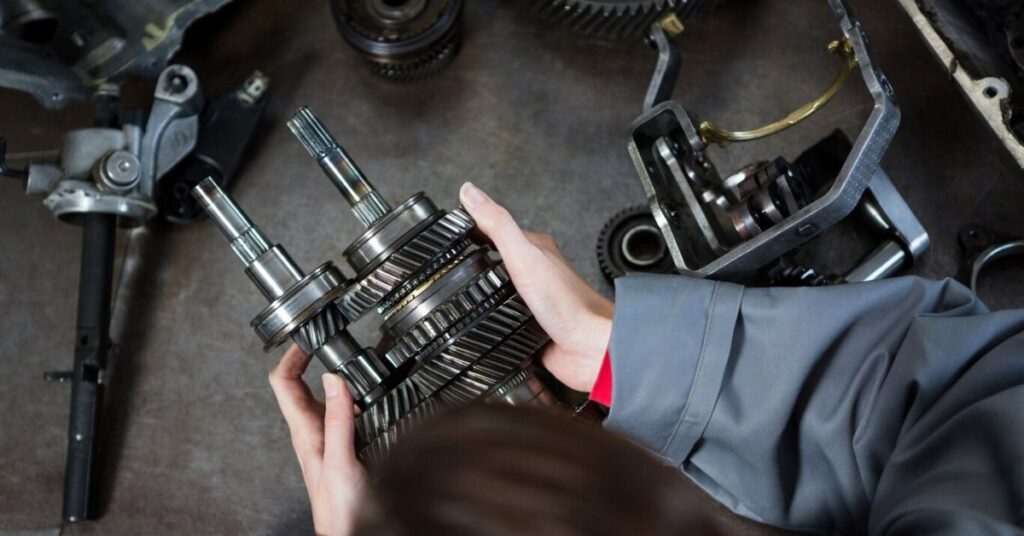Driving used to be hard work. Turning the wheel meant using raw muscle, especially at low speeds or when parking. But today, smooth, one-handed steering feels like second nature. What changed? A big part of that answer lies in an often-overlooked component: the power steering hose.
This small but mighty hose channels hydraulic fluid that helps steer your car with ease. But more than just a fluid pipe, it represents a leap in automotive innovation, bridging the gap between old-school mechanics and the intelligent systems of modern vehicles.
A Step Back in Time: Manual Steering and Its Challenges
Why Steering Used to Be a Workout
Back in the early days of cars, steering was a physical task. Manual steering relied on the driver to apply all the turning force. Parking in tight spaces or maneuvering at low speeds could wear you out, especially in trucks and larger vehicles.
Drivers developed skills and muscle memory to handle it, but there was room for improvement. That improvement came with the introduction of hydraulic assistance, and power steering hoses were the hidden heroes that made it happen.
The Arrival of Hydraulic Power Steering
When Fluid Mechanics Met Driving
The 1950s marked a turning point when hydraulic power steering systems were introduced in passenger cars. These systems used a pump, fluid reservoir, valves, and—you guessed it—hoses to deliver hydraulic force.
These hoses had to be both flexible and durable, capable of working under high pressure while squeezed into tight engine compartments. Early versions were often metal tubes with rubber segments, gradually replaced by more advanced materials over time.
With the help of these power steering hoses, steering a car became far less taxing. Suddenly, cars felt lighter and more responsive, making them accessible to a broader range of drivers.
Materials and Mechanics: How Hoses Got Smarter
Not Just Rubber Tubes Anymore
As vehicles got more complex, so did the hoses. Today’s power steering hoses are made from layers of synthetic rubber, reinforced with braided steel or fabric. Why? Because they need to resist:
- High temperatures from the engine
- Extreme hydraulic pressure
- Constant motion and vibration
Modern hoses also feature noise-dampening technologies, special fittings to prevent leaks, and coatings that resist corrosion. These innovations help prolong the life of not just the hose but the entire steering system.
The Role of Power Steering Hoses in Vehicle Safety
A Silent Partner in Everyday Control
While they don’t get much spotlight, power steering hoses are essential for safe driving. If a hose leaks or fails:
- You lose steering assistance.
- The fluid can damage other engine components.
- In some cases, the steering can become dangerously stiff or unresponsive.
That’s why regular inspections and timely replacements matter, especially for older vehicles. A tiny leak can grow into a costly or even hazardous situation if ignored.
What Power Steering Hoses Tell Us About Car Evolution
A Symbol of the Transition from Muscle to Mind
Looking at the history of power steering hoses, we see more than just a car part. We see:
- The shift from mechanical brute force to assisted control
- The rise of fluid-based systems in everyday machinery
- The beginning of smarter, smoother driving experiences
They were among the first steps toward the responsive and adaptive systems we now associate with modern cars. While newer vehicles may not use them, their influence is A Cultural Perspective: How Driving Became Effortless
More Than Mechanics—It’s About the Driving Experience
Before hydraulic steering, driving was something you felt in your arms and shoulders. After it, the focus shifted to ease and elegance. Drivers began to expect smooth handling, quiet performance, and minimal effort.
Power steering hoses helped kick off that change, serving as unsung symbols of convenience. And as cars continue to evolve with features like lane assist and self-parking, we owe a small nod to the hose that started it all.
Conclusion
Power steering hoses might seem like a minor part under the hood, but they’ve played a major role in shaping how we drive. They represent a turning point—from raw, mechanical effort to sophisticated, fluid-based control. Their story is a chapter in the larger tale of car evolution: one that paved the way for smarter, more accessible vehicles.
As we move toward fully electric steering systems and even self-driving cars, it’s worth remembering the components that made driving better, smoother, and safer in the first place.
FAQs About Power Steering Hoses
1. How long do power steering hoses typically last?
Most power steering hoses last between 50,000 to 100,000 miles. However, heat, fluid quality, and driving conditions can shorten or extend their lifespan.
2. What are the signs of a failing power steering hose?
Signs include stiff steering, leaking fluid under the car, whining noises during turns, or a low fluid reservoir. These symptoms should be checked immediately.
3. Can I drive with a leaking power steering hose?
It’s risky. Driving with a leak can lead to complete power steering failure, making the car hard to control, especially in emergencies or at low speeds.
4. Are power steering hoses expensive to replace?
The cost varies by vehicle but generally ranges from $100 to $400, including labor. Catching a problem early can help avoid bigger repair bills down the line.







